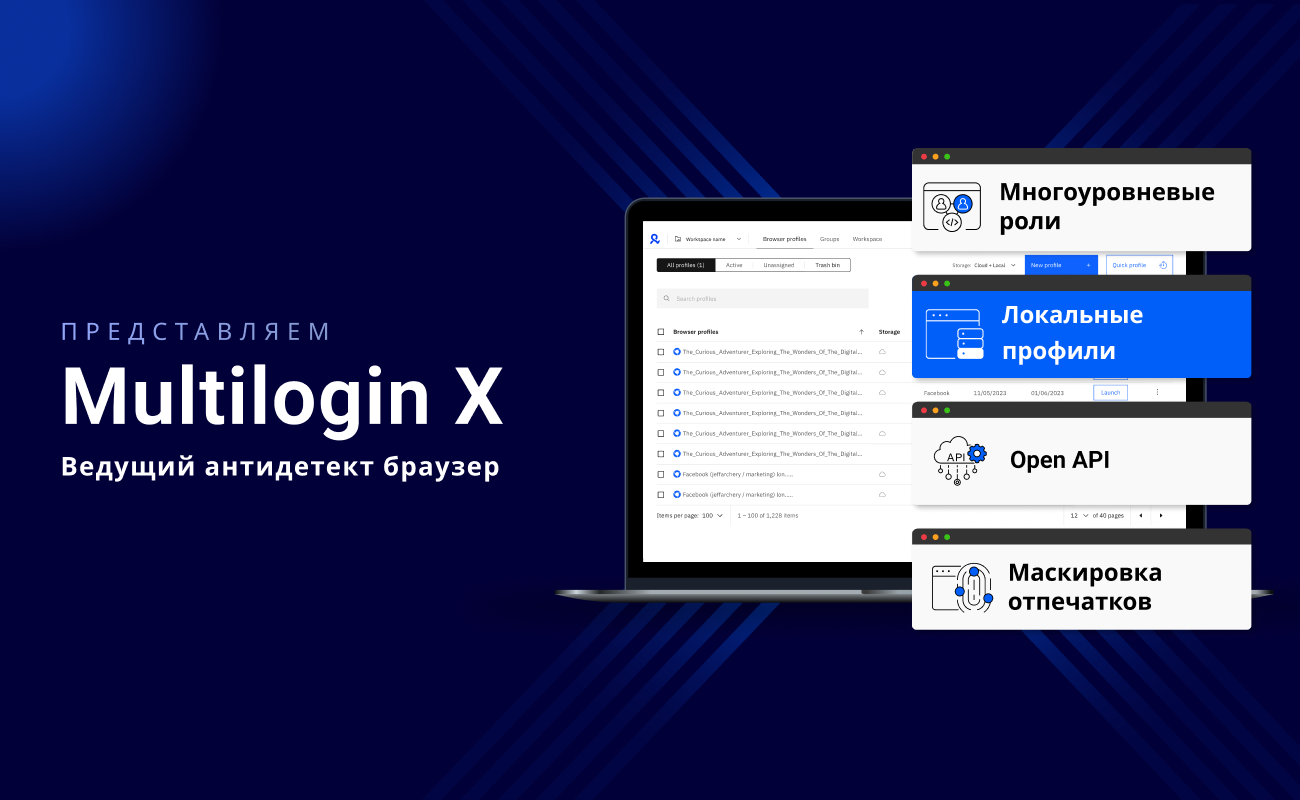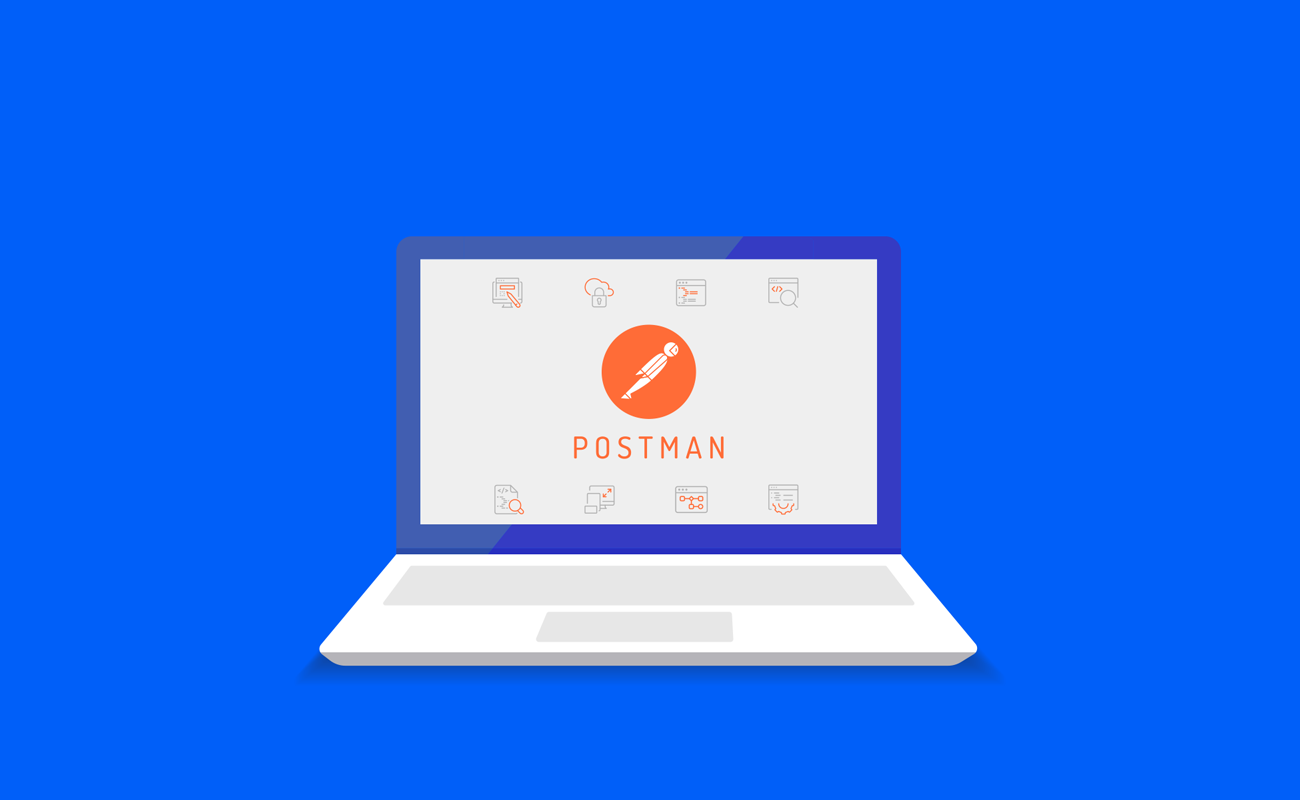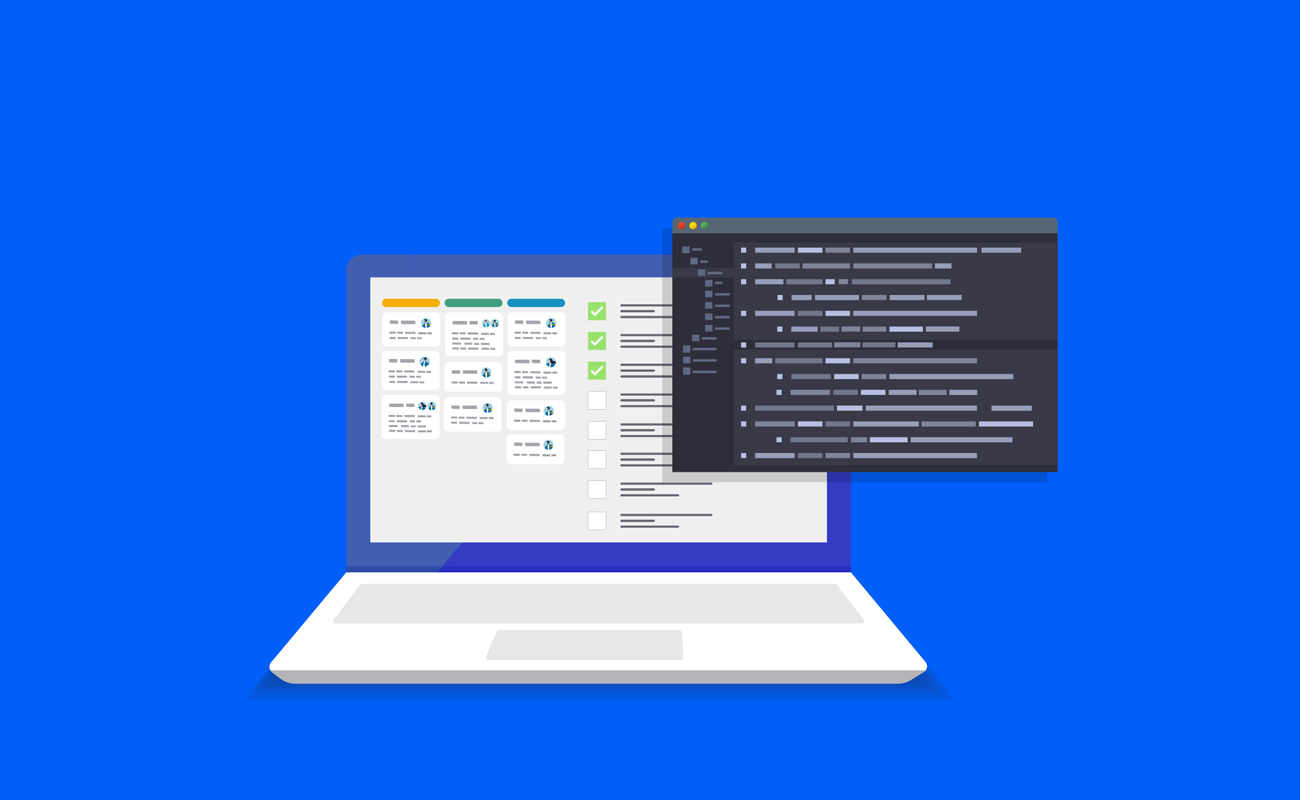
The Comprehensive Guide to Social Media Scraping
JULLY 14, 2023
Imagine tapping into a global conversation involving billions of people. That's the power of social media scraping.
As we approach a world where nearly six billion people will be on social media by 2027, the data generated becomes a treasure trove of insights.
This guide is your map of that treasure. We'll explore the tools and techniques of social media scraping and the goldmine of data from top social networks. Ready to unlock the secrets of your audience, outsmart competitors, and redefine your strategies?
The Process of Social Media Scraping
To analyze social media data, data extraction is necessary. Collecting data from social media and converting it into an easily analyzable format. There are several ways to extract data from multiple social media platforms, including web scraping tools, web scraping APIs, and Robotic Process Automation (RPA).
Web Scraping Tools
Web scraping tools are automated data collectors that extract data from social media platforms. They enable businesses to automatically collect social media data, saving time and resources that would otherwise be spent manually collecting this information.
For example, brands often collaborate with influencers to promote their products and services on social media platforms. Social media scrapers, such as Instagram and TikTok scrapers, enable brands to collect public data from influencers’ profile pages. This data can include the number of followers, likes, comments, and shares, which can help a brand determine the influencer's reach and engagement levels. This information is crucial in finding the right influencer for their brand.
Restaurants can also use web scraping tools to track and extract social media data such as menu items, delivery items, and customer reviews. This data can provide valuable insights into their products and services, helping them to improve their offerings and better meet their customers' needs.
Web Scraping API
Web scraping APIs are an alternative method for extracting data from social media platforms. They enable clients to access and extract data from web sources using an API call. You can utilize a commercial web scraping API solution or a third-party scraper API such as Twitter API, Instagram API, etc.
APIs provide a more structured and reliable way of accessing data than manual scraping. They allow users to access specific website data without downloading the entire site's content. This makes APIs a more efficient and effective tool for data extraction.
Web Scraping with RPA
Robotic Process Automation (RPA) is another method used for web scraping. RPA involves using software robots or "bots" to automate routine tasks. In the context of web scraping, RPA can be used to automate the data extraction process, reducing the workload on the web scraper.
RPA bots can be programmed to perform various tasks, including navigating through web pages, extracting data, and storing it in a structured format. This can significantly speed up the data collection process and reduce the risk of errors that can occur with manual data entry
Tools for Social Media Scraping
There are various tools available for social media scraping. You can build your scrapers using web scraping libraries, utilize an open-source web scraper, or use off-the-shelf web scrapers. Each tool has pros and cons, and the choice depends on your business requirements.
For instance, building your scraper using web scraping libraries can give you more control over the process. You can customize the scraper to extract the specific data you need. However, this approach requires programming skills and can be time-consuming.
On the other hand, using an open-source web scraper or an off-the-shelf web scraper can save you time and effort. These tools come with pre-built functionalities that can be used out of the box. However, they may not offer the same level of customization as building your scraper.
What Are the Benefits of Scraping Social Media?
Social media scraping offers numerous benefits to businesses, researchers, and individuals. Here are some of the key advantages:
Market Research: Social media scraping can provide valuable insights into consumer behavior and preferences, helping businesses understand their target market better. This can guide product development, marketing strategies, and sales efforts.
Brand Monitoring: By scraping social media data, businesses can monitor what is being said about their brand online. This can help them manage their online reputation, promptly respond to customer complaints or queries, and gauge public sentiment towards their brand.
Competitor Analysis: Social media scraping can also provide insights into competitors' strategies. Businesses can analyze their competitor's social media activity to understand their marketing tactics, product offerings, and customer engagement strategies.
Trend Analysis: Social media platforms are often where trends first emerge. By scraping social media data, businesses can stay ahead of the curve by identifying and capitalizing on these trends early.
Lead Generation: Social media scraping can help businesses identify potential leads. By analyzing social media activity, businesses can identify individuals interested in their products or services and target their marketing efforts accordingly.
Use Cases for Social Media Scraping
Social media scraping has been used in various industries to gain insights and make data-driven decisions. For instance, restaurants utilize web scraping tools to track and extract social media data, such as menus and delivery items, to gain insight into their products and services. Similarly, businesses in the travel industry extract hotel and tourism data from social media platforms using specific keywords and hashtags.
One notable case study involves Spotify, a popular music streaming service. Spotify has built a Twitter account, SpotifyCares, to monitor customers’ brand-related tweets and respond to them.
By scraping Twitter data, Spotify can better understand its customers' concerns and expectations, uncover questions about the company’s services on Twitter, develop relationships with potential customers, and improve its customer service and social listening strategy.
Another case study involves Brandwatch, a digital consumer intelligence company. Brandwatch used Twitter data for social listening and keyword monitoring. The company used social media data to help Co-op, one of the largest food retailers in the UK, with its Twitter marketing campaigns. With Twitter data, the company’s campaign reached 23.5 million people and generated 75 million impressions.
Data That Can Be Collected From Top Social Networks
Each major social network offers different types of data that can be collected. For instance, from Facebook, you can scrape publicly available information, such as username, profile URL, profile photo URL, following and followers information, likes and interest themes, and so on. Twitter provides free access to Twitter data through its APIs, and Instagram gives businesses and professionals access to their posts and comments.
By understanding the types of data collected from each platform, businesses can better plan their social media scraping strategies and extract the most valuable data for their needs.
How to Select The Best Social Scraping Tool?
Indeed, selecting the best social media scraping tool depends on various factors. Here are some key considerations:
Your Specific Needs: The first step in selecting a social media scraping tool is clearly defining your needs. What data do you want to scrape? How often do you need to scrape it? Do you need real-time data, or can it be historical? The answers to these questions will help you determine which features you need in a tool.
Ease of Use: If you're not a developer or don't have much technical experience, you'll want a user-friendly tool that doesn't require much coding knowledge. Some tools have a point-and-click interface that makes it easy to select the data you want to scrape.
Scalability: If you plan to scrape large amounts of data or if you want to scrape data from multiple social media platforms, you'll need a tool that can scale to meet your needs. Some tools are better suited for large-scale scraping projects than others.
Reliability: The tool you choose should be reliable and able to handle any challenges during scraping. This includes handling CAPTCHAs and dealing with websites that use JavaScript to load data.
Customer Support: Good customer support can be invaluable when dealing with the complexities of web scraping. Look for a tool that offers robust customer support through a detailed knowledge base, a responsive support team, or an active user community.
Pricing: Finally, consider your budget. The cost of social media scraping tools can vary widely, from free, open-source tools to premium tools with a hefty price tag. Be sure to consider the cost concerning the features and support offered.
Conclusion
Social media scraping is a powerful tool for businesses to leverage. It provides dynamic information about individuals and is updated regularly as new information becomes available. By understanding and utilizing social media scraping, businesses can better understand their audience, keep up with the latest trends, and make data-driven decisions.
In the ever-evolving digital landscape, staying ahead of the curve requires a deep understanding of your audience and the market. Social media scraping provides a way to gain this understanding, allowing businesses to stay competitive and thrive in the digital age.




